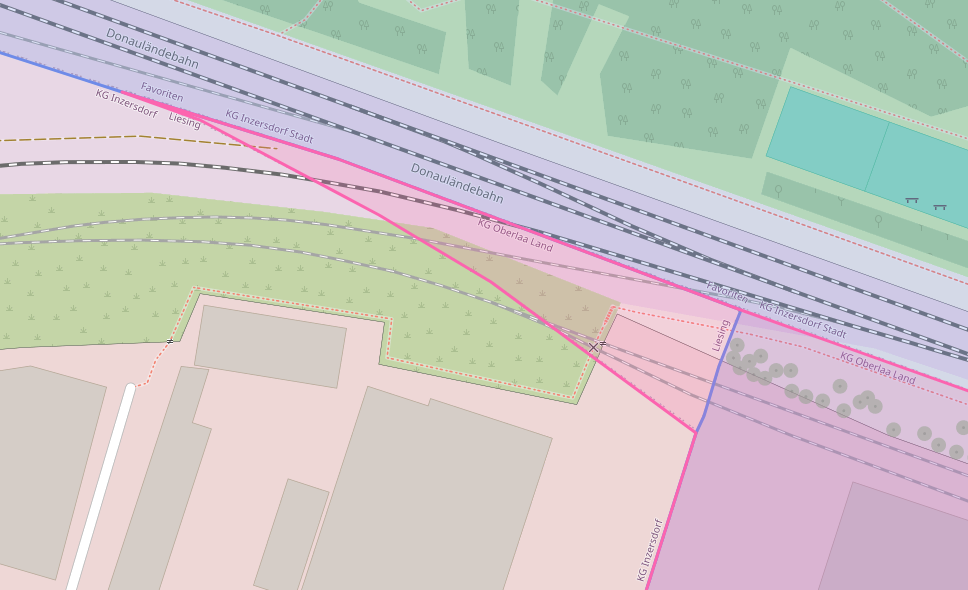How do you define the hierarchy technically

I also compute relations between admin boundaries of osm data and compare my results with yours. I realize that you do not apply raw containment relations to create a hierarchical order but also some quantitative reasoning in addition.
Example: In Austria -> Vienna -> Favoriten has the child "KG Oberlaa Land (osm relation5241912)"
But actually there is a tiny minor area (top left) where it reaches out of Favoriten, so it actually overlaps.
Your addition of quantitive refinement is very good, so areas that are 99.9% contained are considered contained.
I wonder if you can say something about how you compute containment = parent-child relations.
(Maybe you can relax the robot check in repatcha, it is tedious to ceck images over a minute)


Very interesting, the speedup for the planet osm import, have not heard elsewhere about this improvement. Thank you so much for your detailed account.